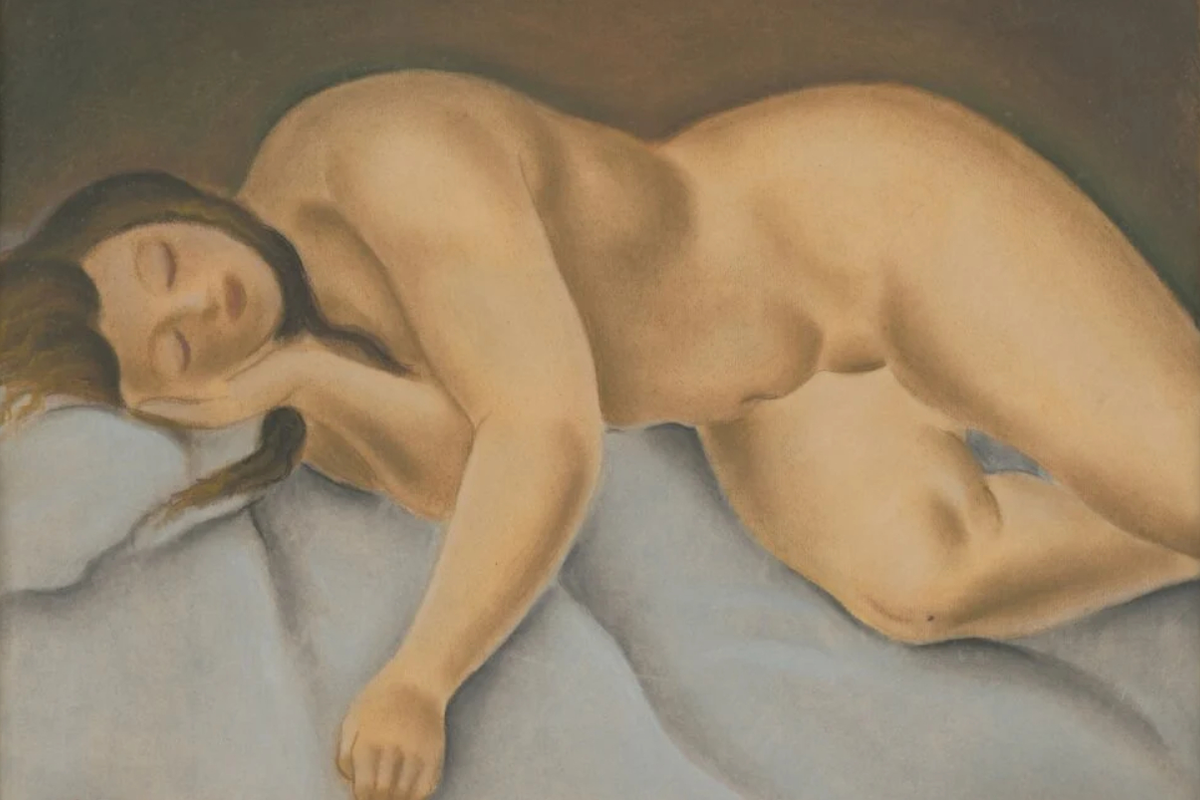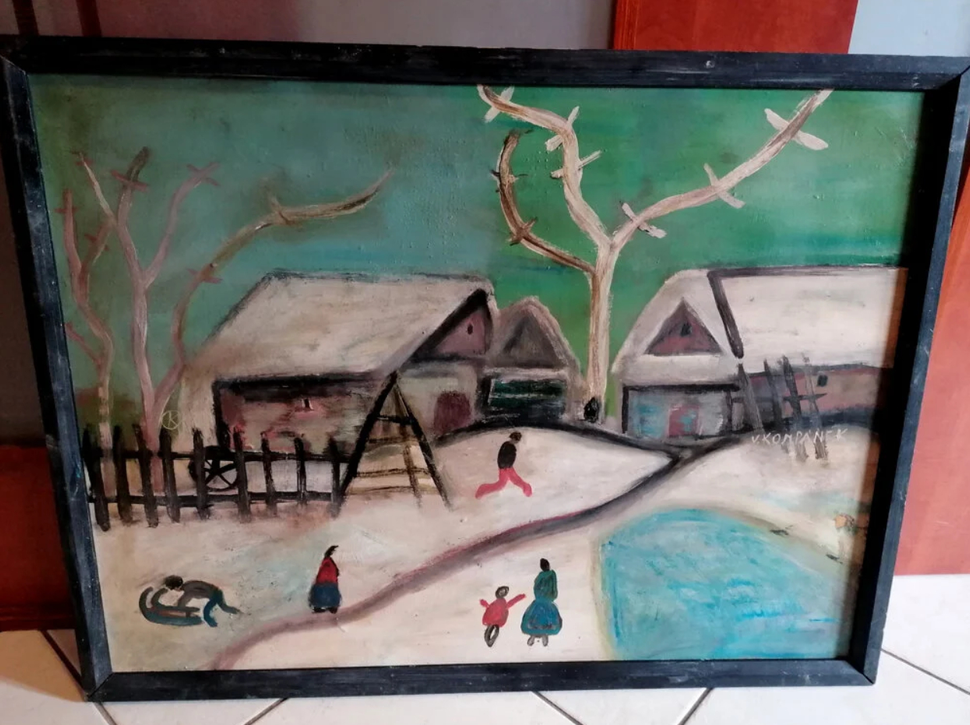Benka, Galanda, Fulla, Medňanský. Fake paintings by 20th century Slovak artists are steamrolling the market, with galleries and auction companies sounding the alarm.
The scale of forgery is enormous, the fake painting business reaching an unprecedented proportion, with legislation being insufficient. Workshops produce worthless works for customers who do not want to pay the full price.
The scale is astounding
"It's a big, literally society-wide problem. At work, we are confronted with offers of forgeries on a daily basis. In any case, the scale is truly astounding. And actually harassing," says art historian Nina Gažovičová from the Soga auction company.
"Forgers copy the current tendencies and moods of consumers, the market never sleeps, not even the forgery market. For example, at the turn of the year we had a successful auction of Vladimír Kompánek paintings and the response was an immediate increase of offers by painter's works in dubious quality."
In recent years, countless such paintings have been auctioned off. The works of painters who make the biggest profits are forged. That is, painters such as Martin Benka, Ľudovít Fulla, Mikuláš Galanda, Ladislav Medňanský, whose works were auctioned for record sums of more than €100,000.
Since fakes are in principle worthless, their prices can reach hundreds or even thousands of euros, and still be worth a fraction of the prices of a particular painter's real works.
The other side of the coin are fakes on the Internet, where forgeries in the form of cheaper works printed on paper have proliferated. The volume of these has also rapidly increased .
"Those who are interested buy on the Internet, on dubious sites and second-hand dealers. Other times, they think that if they buy something for a good price abroad, it's because the seller does not know the true value of the work and they see an opportunity to get something valuable at a fraction of the price. It's a sad mistake," explains Gažovičová.

 Slovak modernist painters are often forged. Mikuláš Galanda's Lying female nude from 1926 is in the collection of the Slovak National Gallery. (source: SNG K 4150)
Slovak modernist painters are often forged. Mikuláš Galanda's Lying female nude from 1926 is in the collection of the Slovak National Gallery. (source: SNG K 4150)
 The forgery of Vladimír Kompánek's work with a fake signature. (source: Archive of N. G.)
The forgery of Vladimír Kompánek's work with a fake signature. (source: Archive of N. G.)